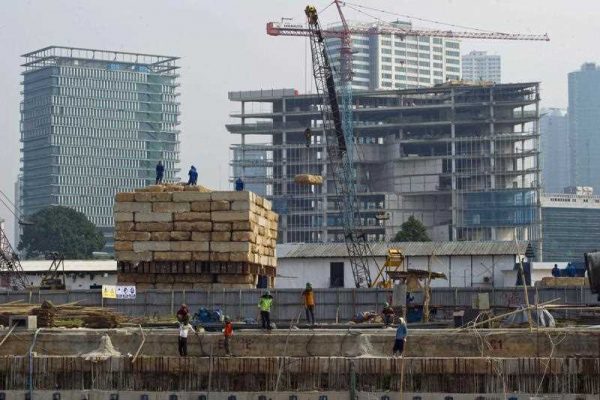From the beginning, RCEP is said to be somewhat atypical and does not fall into the same category as other often discussed bilateral or plurilateral agreements. It signifies an unprecedented regional economic cooperation arrangement among 16 predominantly developing countries and has implications for regionalism, the WTO and for the balance of economic power among the major trading blocs. RCEP could harmonise rules and regulations across the multiple and overlapping FTAs in the region, thereby serving as a building block for the multilateral trading system. Experts have suggested that RCEP will have the capacity to attract new members and the potential to create a new paradigm for economic regionalism by forming the basis for a Free Trade Area of the Asia-Pacific (FTAAP).
But this would require that negotiations conclude with certain outcomes, including a tariff elimination coverage of 95 per cent; a common market access schedule and comprehensive coverage of WTO-plus issues (such as deeper cooperation in investment, environmental protection, financial services and labour standards); a focus on domestic structural reforms; and consideration for private sector interests and ‘behind the border’ integration measures such as road connectivity, port services bottlenecks, and customs delays..
And if negotiations are not undertaken with such an expansive vision in mind, this potential is unlikely to materialise. In most trade negotiations, including RCEP, issues related to coverage pose a substantive challenge. While all participating members agree on the benefits of liberalising market access, they also face domestic pressure to limit competition in their home markets. RCEP includes countries like Singapore, which is more or less unique and is the least concerned with liberalisation, at least in trade in goods. But it also includes countries like Indonesia and India, which are likely to make market access negotiations difficult. Accordingly, there will be a number of potential sticking points during negotiations, especially related to agriculture and services sector liberalisation.
Moreover, the RCEP agreement is plagued by the fact that participating countries are at different stages of development. Concerns have been raised that any kind of deeper economic integration could lead to huge social costs incurred by the less developed member economies. This could be due to structural adjustments and the risks of falling into a low-cost labour trap, where there is little incentive for domestic industries to move up the value chain. In order to address the issue, ASEAN, as a leader in the negotiations, has already said that the RCEP should include a flexibility principle: ‘The agreement shall provide for special and differential treatment to ASEAN Member States’.
Last, as RCEP is said to consolidate ASEAN’s existing ‘plus one’ FTAs, there has been increasing discussion whether it ought to be structured based on one of the ASEAN+1 FTAs. A big challenge for RCEP negotiations is agreeing to a common base or template, from where negotiations on the granting of additional market access can be discussed by the members. The more RCEP looks like ASEAN’s least attractive ‘plus one’ FTA, with the exclusion of products that the participating countries consider sensitive, the less likely the chances are of the partnership attracting new members in the future.
In addition to these issues, the RCEP agreement is yet to garner much domestic support, which is critical for the ratification and implementation of the agreement. Often, the private sector complains about a lack of information and almost no consultation on FTAs. RCEP is being negotiated at a time when the private sector is struggling to understand other agendas such as the AEC 2015 and existing bilateral FTAs.
Against this backdrop, it may well be the case that the RCEP will appear on the surface to be representative of a ‘new paradigm’, but will in fact still represent the domestic interests of member countries.
Although RCEP could present an easier negotiating path for ASEAN nations and others, there is a high chance that it may lose sight of the strategic goals that make it an attractive proposition in the first place. As the chair of RCEP negotiations, ASEAN must deliberate on what its objectives are for the agreement. ASEAN should try to convince negotiating members that RCEP should be designed with the capacity to attract new members and concurrently reduce trade and investment barriers among an increasing number of participants. In addition, ASEAN should earnestly work on its own integration process, so that the region is striving for a high-standard agreement that may eventually become the basis for an FTAAP.
ASEAN should remember that the RCEP agreement is not the only option available for Asia Pacific regionalism. The ongoing TPP negotiations can also serve as an FTAAP model, giving the US a lead role in setting the agenda for a future regional architecture.
Sanchita Basu Das is an ISEAS Fellow and Lead Researcher (Economic Affairs) at the ASEAN Studies Centre, ISEAS, Singapore. She is also the coordinator of the Singapore APEC Study Centre.

